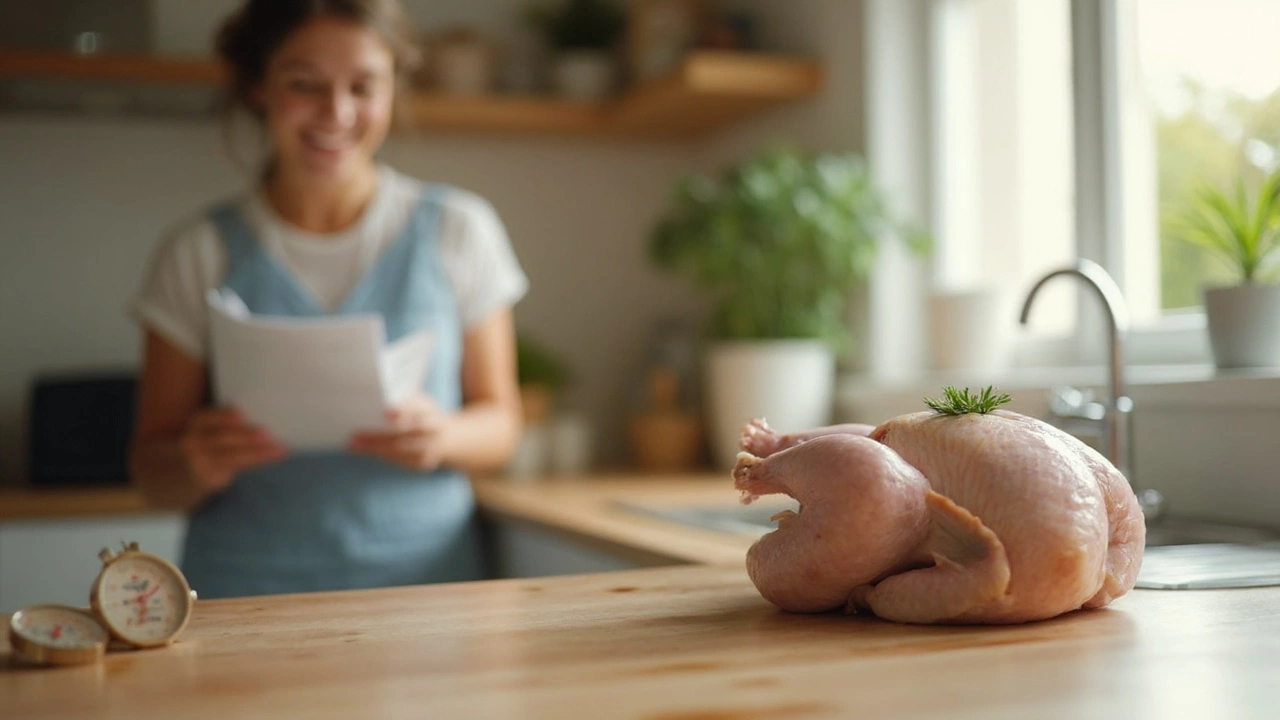Food Safety Basics Every Home Cook Should Know
Ever wonder why a simple chicken dinner can end up causing stomach aches? Most of the time it’s not the recipe, it’s how we handle the food. Good food safety isn’t about fancy equipment – it’s about a few habits that keep germs away and your family safe.
Preventing Cross‑Contamination
Start with separate cutting boards. Use one for raw meat, another for veggies, and a third for bread or fruit. When you finish with the meat board, wash it with hot, soapy water right away. A quick rinse isn’t enough – scrub for at least 20 seconds. The same rule applies to knives, tongs, and even your hands.
Hands are the biggest transfer point. Before you touch any food, wash your hands for 20 seconds. If you’re handling raw poultry, give your hands an extra wash before you touch anything else. It’s easy to forget, but a quick hand wash can stop a lot of trouble.
Storing & Cooking Safely
Temperature is the enemy of bacteria. Keep your fridge at 40°F (4°C) or below and your freezer at 0°F (-18°C). When you bring groceries home, put perishable items in the fridge within two hours – less if it’s a hot day.
When it comes to cooking, use a food thermometer. Chicken should hit 165°F (74°C), ground beef 160°F (71°C), and leftovers need reheating to at least 165°F too. Don’t guess – a quick check saves you from a night of stomach pain.
Leftovers deserve a spot too. Put them in shallow containers so they cool quickly, and eat them within three to four days. If you’re not sure how long something has sat out, it’s safer to toss it.
Cleaning isn’t just about surfaces. Your sponges, dishcloths, and dish racks can harbor bacteria. Microwave a wet sponge for one minute or run it through the dishwasher to kill germs. Change dishcloths daily and keep them dry between uses.
Finally, be aware of food recalls. Sign up for alerts from trusted sources or check the news when you hear about a contamination issue. If a product you have at home is recalled, follow the instructions – often you’ll get a refund or a replacement.
Practicing these steps doesn't take much time, but the payoff is huge. With a clean cutting board, proper temperatures, and a quick hand wash, you’re already cutting the risk of foodborne illness in half.
So next time you prep a meal, think of these simple rules. They’re the tiny actions that keep your kitchen safe, your food tasty, and your family healthy. Happy cooking!
How Long to Leave Chicken at Room Temperature Before Cooking?
Wondering how long to leave chicken on the counter before it hits the pan? This article breaks down what food safety experts actually recommend, the science behind letting chicken rest at room temperature, and how to get the juiciest results without risking your health. You'll also learn some easy tricks to speed up prep and keep bacteria at bay. Whether you're grilling or roasting, you'll walk away knowing exactly what to do—every single time.
Can I Put Frozen Meat in a Slow Cooker? What You Need to Know Before You Try
Ever wondered if throwing frozen meat straight into your slow cooker is safe or just a recipe for disaster? This article gets real about the safety, science, and common practices when it comes to using frozen meat in slow cookers. You'll get straightforward advice, learn about myths vs. facts, and find practical solutions for rushed days. No complicated jargon—just the facts and the hacks to keep your meals safe and tasty.

